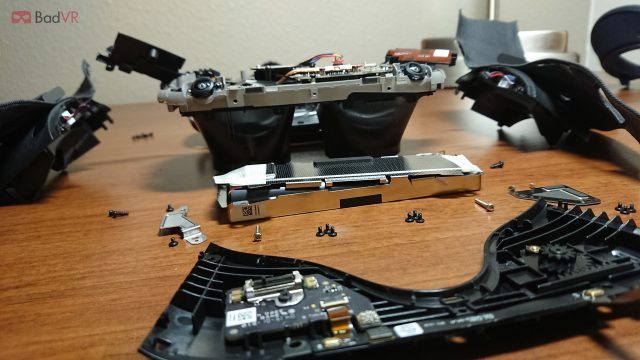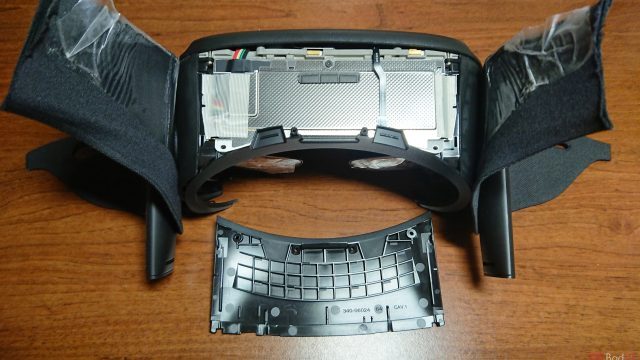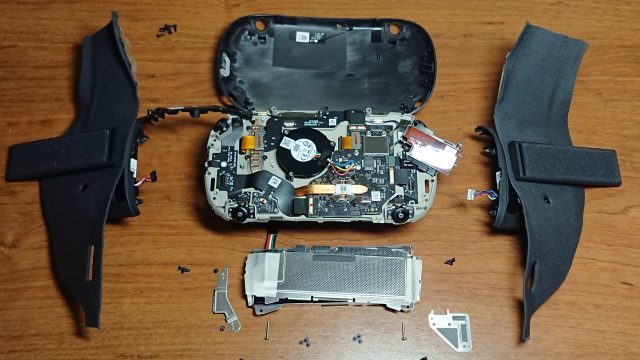Oculus Quest is the company’s first mobile headset to offer full positional tracking, and also its first to be able to run a handful of top PC VR titles that have been ported to work with the headset. To do so, Oculus managed to cram everything needed for the experience inside a shell that’s hardly larger than the original Rift headset. A teardown of Oculus Quest shows how it all fits inside.
Jad Meouchy, co-founder & CTO of BadVR, shared with us high-resolution photos of his Oculus Quest teardown. In his own words: “Been waiting years for a device like this to exist. So of course the moment it arrived, I tore it apart. Didn’t even turn it on first.” Let’s just hope he had another one on hand….


In addition to serving as a useful disassembly guide for would-be tinkerers or DIY repairs, the teardown gives us a close-up view of the headset’s vital components.
With no obvious screws to be seen, Meouchy unceremoniously sliced the headset’s fabric cover off to reveal screws underneath. After removing a panel, he found that the battery is actually stored in the forehead portion of the headset. While there’s limited room for expanding the battery, it looks like it’s fairly accessible without bothering the other components (aside from disconnecting it from the mainboard), which should make battery replacements viable (the specific part, he found, is the Fujian YU10850–18001A, 3.85V / 3648 mAh / 14.0 Wh).


The front portion of the headset houses almost everything else, with ~15% of the space being dedicated to a fan which serves to cool the components and allow the Snapdragon 835 processor to punch above its weight-class in performance. Interestingly, the fan doesn’t appear to be directly connected to the heatpipes or any other component on the headset, but instead appears to serve as a general purpose cooler to keep air moving across all of the components, with the gap between the fabric portion of the headset and the front shell apparently being a key pathway for airflow.
Though powerful for a mobile VR headset, this is still a smartphone processor we’re talking about here; Oculus has previously compared it to an Xbox 360 or PS3 in terms of performance.
Around the mainboard we can also see the headset’s four cameras mounted at very purposeful angles at the corners. The cameras are essential to enabling 6DOF tracking on both the headset and the controllers; their views are also merged together to allow a pass-through vision mode on the headset which is used to trace the boundary of your playspace.
Meouchy’s colleague Brian Wong also cracked open the quest controllers apart and detailed the process here.
Update: Reddit user Przemo-c pointed us to a very cool ‘inside’ look at Oculus Quest via CT scan:
You can also see a scan of the Touch controllers here.


